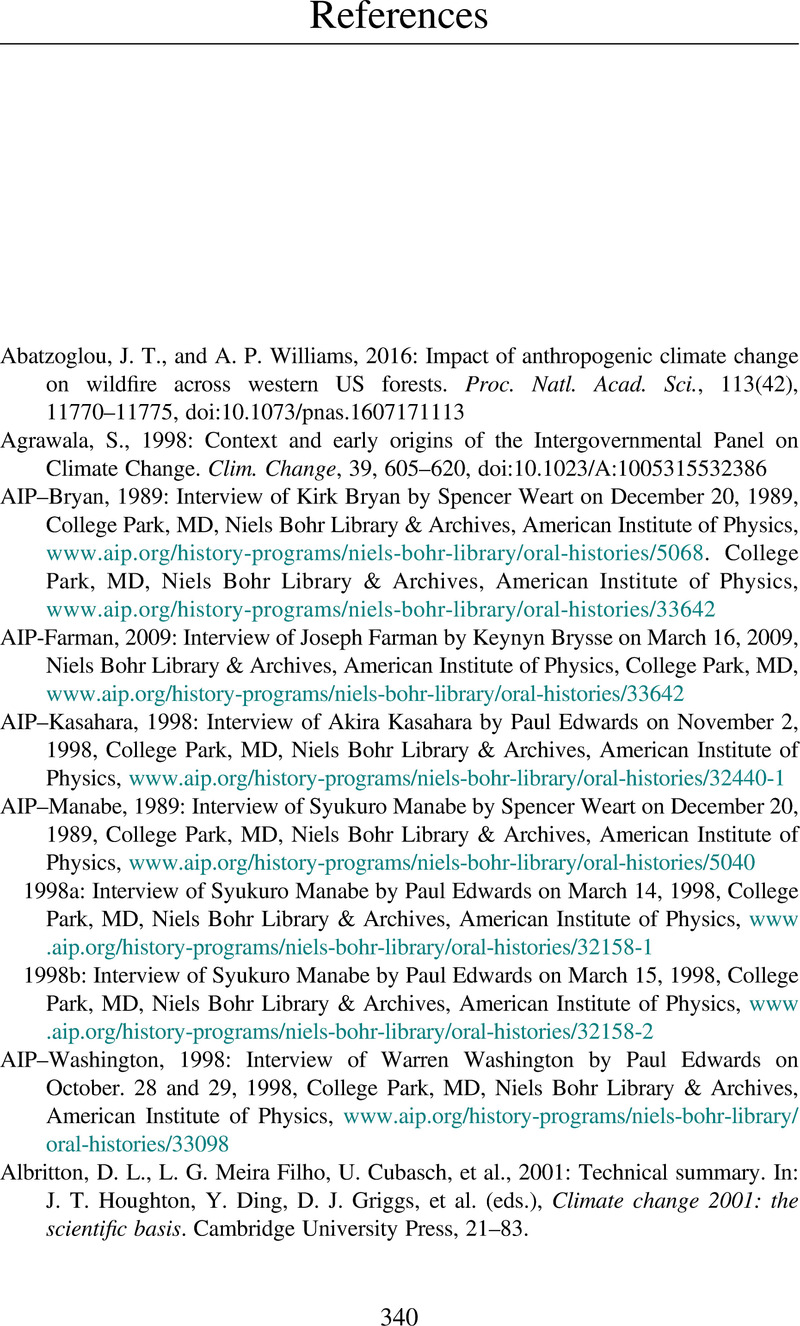References
Published online by Cambridge University Press: 02 November 2021
Summary

- Type
- Chapter
- Information
- The Climate DemonPast, Present, and Future of Climate Prediction, pp. 340 - 371Publisher: Cambridge University PressPrint publication year: 2021



